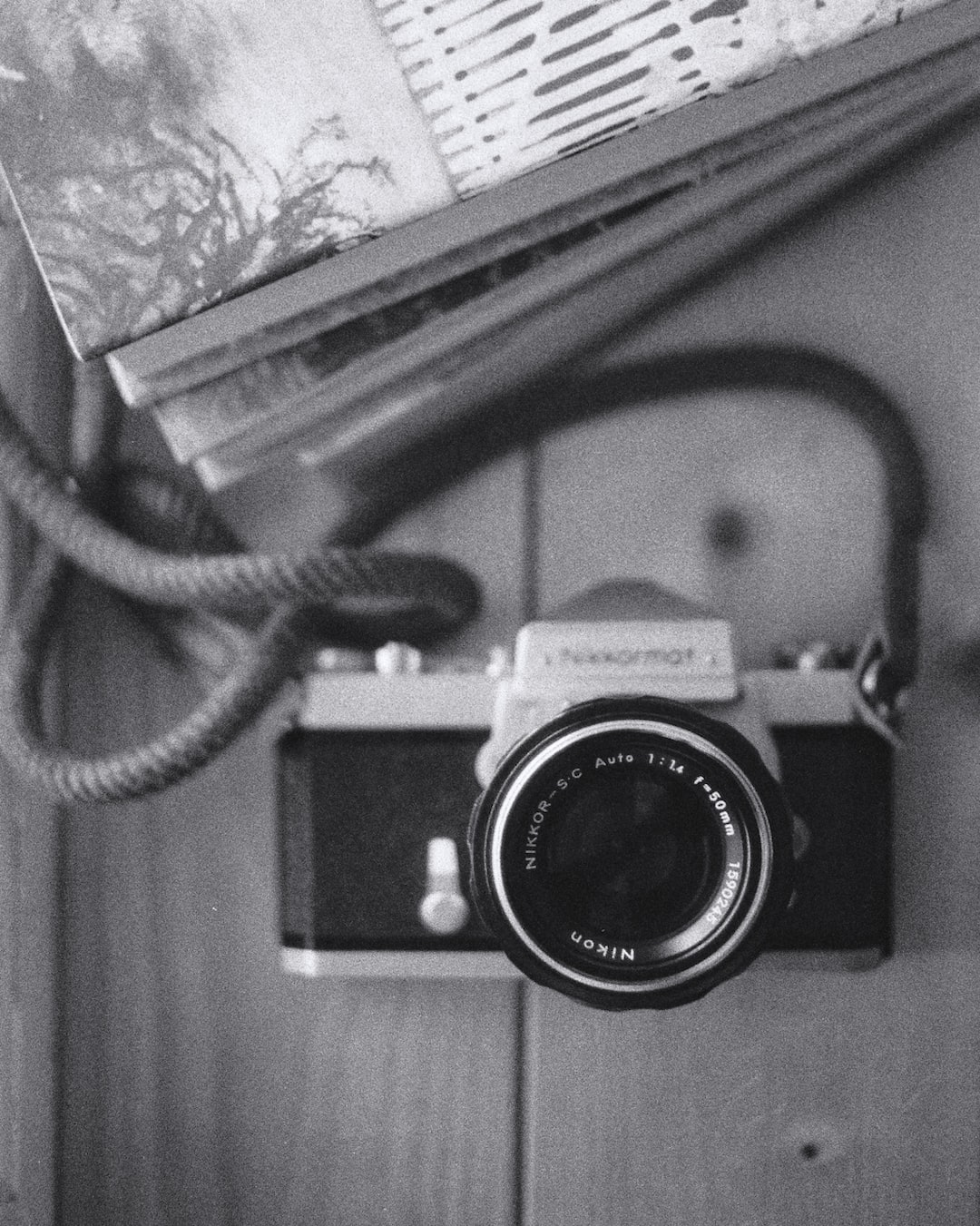Learning the Art of DJing: A Beginner’s Guide to Mixing Music
Have you ever been in a club, mesmerized by the seamless transitions between songs, and thought to yourself, “I wish I could do that”? Well, you’re in luck! In this beginner’s guide to mixing music, we’ll walk you through the art of DJing and how you can start your journey to becoming a master DJ.
The first step in learning to DJ is to invest in the necessary equipment. While it’s possible to start with just a basic controller, investing in quality gear will set you up for success in the long run. Look for a DJ mixer, pair of turntables or a controller, and a set of headphones. Additionally, having access to a computer or laptop with DJ software will help you practice and fine-tune your mixing skills.
Once you have your equipment ready, it’s time to start learning the fundamentals of DJing. Familiarize yourself with the different genres of music, as well as the popular tracks within each genre. This will enable you to cater to different crowds and create a diverse setlist. Understanding the structure of songs, such as intros, verses, choruses, and outros, is also crucial for smooth transitions.
Next, learn how to beatmatch. This is the foundation of DJing and involves syncing the beats of two songs together. Start by selecting two tracks that have similar tempos and use the pitch control on your mixer or controller to match the beats. Practice transitioning between the songs, ensuring that the beats remain synced. This skill will allow you to mix tracks seamlessly, creating a continuous flow of music.
In addition to beatmatching, it’s important to learn how to blend songs harmonically. Harmonic mixing involves mixing tracks that are in the same key or complementary keys, creating a smoother and more pleasant transition between songs. There are various software programs and mobile apps available that can help you analyze the key of each track and find suitable matches.
As you progress in your DJing journey, don’t be afraid to get creative with effects and loops. Effects such as reverb, echo, and filter can add depth and texture to your mixes, while loops allow you to extend certain sections of a song for a more extended buildup or breakdown. However, it’s essential to use these tools tastefully and not overdo them, as they should enhance the music rather than overpower it.
Another crucial aspect of DJing is reading the crowd and adapting your set to their preferences. Pay attention to the energy levels on the dance floor, and adjust the mood accordingly. Experiment with different genres and tracks to keep the crowd engaged and excited. Remember, DJing is not just about playing your favorite tunes but creating an enjoyable experience for everyone in the room.
Lastly, practice, practice, practice! DJing, like any other skill, requires time and dedication to master. Set aside regular practice sessions to refine your mixing techniques, experiment with new tracks, and develop your own unique style. Don’t be discouraged by initial mistakes or technical difficulties, as they are all part of the learning process. Embrace them as opportunities for growth and improvement.
Whether you dream of playing in packed clubs, hosting your own radio show, or simply entertaining friends at parties, learning the art of DJing can be a rewarding and fulfilling experience. Start with the basics, invest in quality equipment, and most importantly, have fun along the way. So, grab your headphones, unleash your creativity, and step into the exciting world of DJing!

